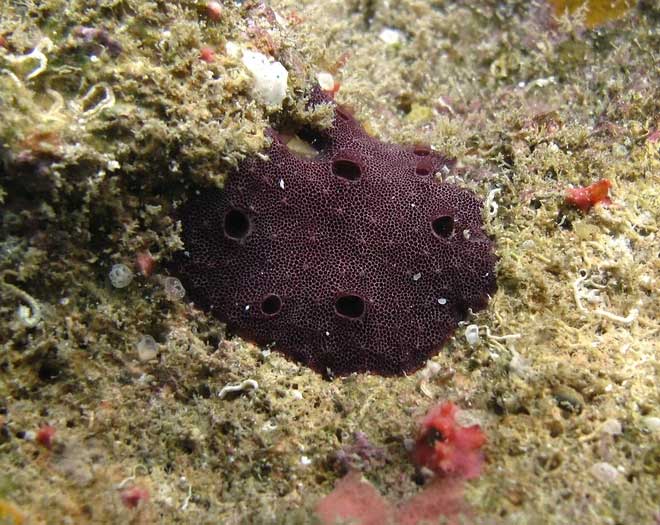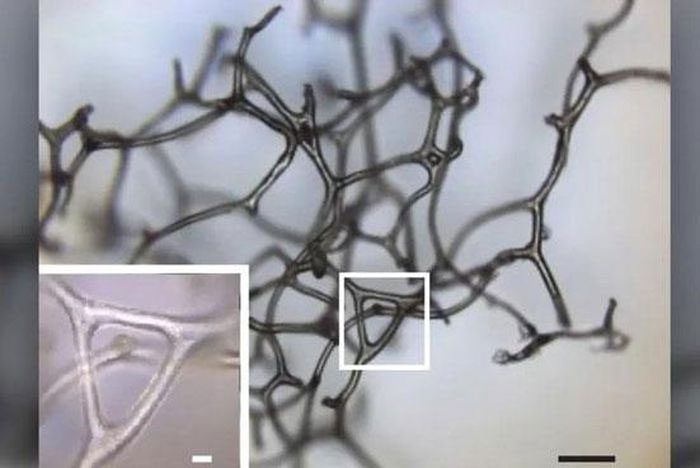Scientists have recently discovered signs of multicellular animal life dating back 90 million years, when researchers believed there was enough oxygen in Earth’s atmosphere to sustain such life.
We all know that oxygen is crucial for all animal species, including humans. Once inhaled, the respiratory system transports this precious molecule to every corner of the body, allowing cells to use it to produce chemical energy.

Animalia life began during the Phanerozoic era.
Therefore, scientists are uncertain whether multicellular animals (metazoans) could exist before oxygen levels on Earth reached the necessary threshold to allow this vital cellular respiration process to occur. This significant event is often thought to have taken place during the Neoproterozoic oxygenation event.
Before this event, from 800 to 540 million years ago, the dissolved oxygen levels in the oceans were likely too low to sustain metazoans, except near coral reefs where oxygen-producing microorganisms thrived.
However, genetic evidence from animals contradicts this notion. Molecular clocks indicate that Animalia life started during the Phanerozoic era.
Recently, paleontologist Elizabeth Turner from Laurentian University (Canada) found potential fossil evidence supporting this in coral reefs that once served as oxygen oases.
By examining thin rock slices from the Little Dal reefs in Canada using transmitted light microscopy, Turner identified rare sections containing complex, tube-like branches measuring 20-30 micrometers in length, situated within the gaps inside and around ancient reef formations.
These reefs were primarily constructed through the photosynthesis of cyanobacteria and could span kilometers in diameter, but the mysterious structures were found on the exposed edges, in depressions of the coral development area, and in shaded gaps.
This suggests that unlike corals seeking sunlight, whatever formed these fossil imprints did not require light but could withstand exposure at the edges of the reef.

A three-dimensional piece of ancient sponge skeleton.
The fossil model does not match the branching seen in fungi and other bacteria, or known geological patterns, but “is somewhat similar to the porous fibrous network of modern keratose sponges,” Turner explained.
We have suspected for some time that the dawn of metazoans may have begun with sponges or something similar, as they are the most basic known animal species.
“This fossil is likely exactly what should be expected of the earliest multicellular animal body fossils,” Turner emphasized.
By assessing the differences in DNA of modern organisms, along with mutation rates, the molecular clock method can provide estimates of when animals in a certain group might have first evolved. This approach suggests that organisms are believed to have appeared in an era older than what is represented in the fossil record, and the new findings support that conclusion.
Turner stated: “If I am correct in my interpretation of this material, then animals appeared long before traditional animal fossils emerged—they have a long prehistory.”
Turner’s research provides the first physical evidence of what ancient sponges were truly like. While spicules are the most common fossil sign of sponges, many modern sponge types lack spicules, and the discovery of this 890-million-year-old sponge with shared characteristics is “an important finding.” However, if this new discovery can be confirmed, it suggests that early animal species appeared before optimal oxygen conditions on Earth and survived through the harsh ice ages of 720 and 635 million years ago.




















































